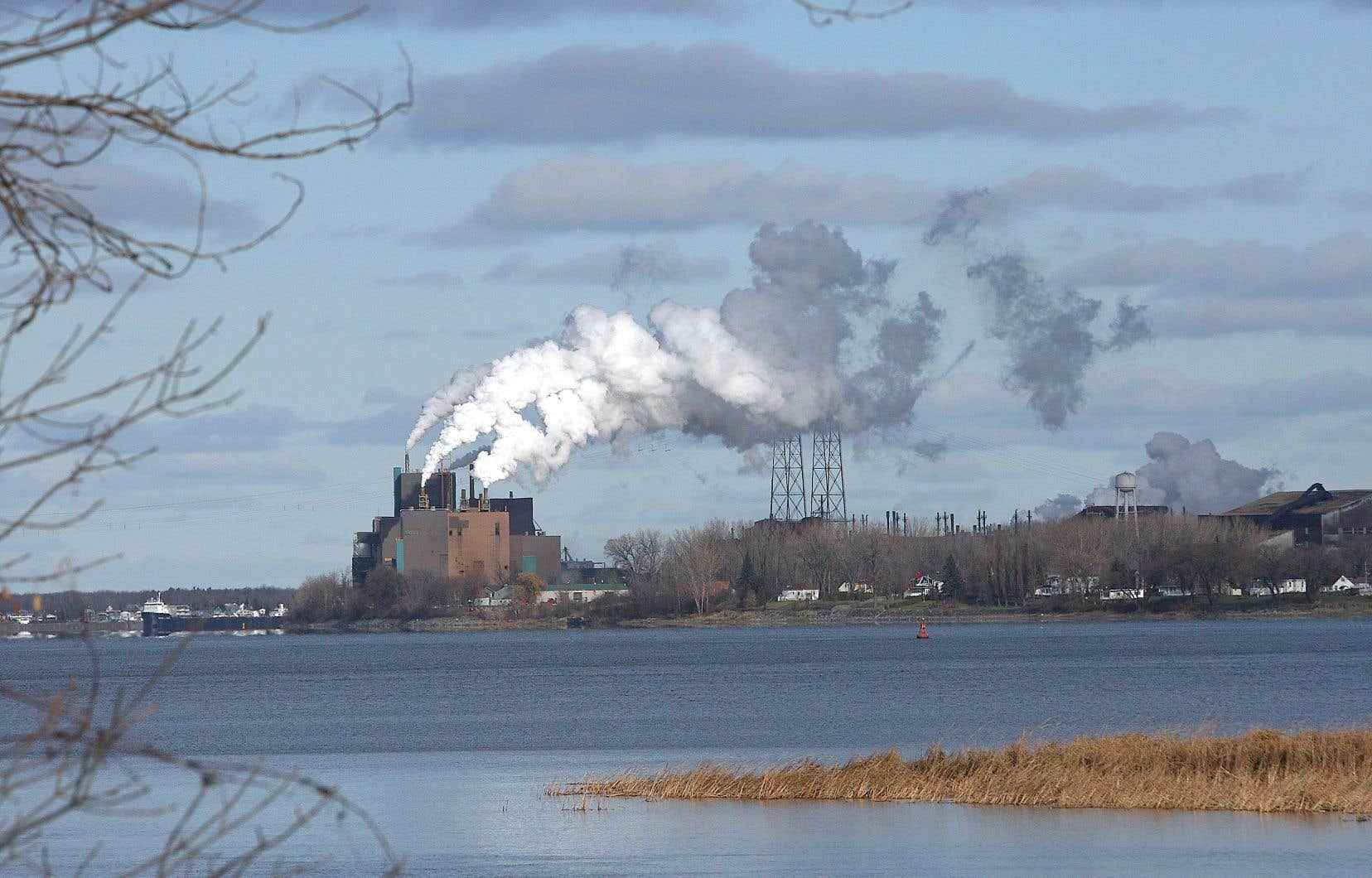To halve its greenhouse gas emissions by 2030, Rio Tinto Fer et Titane’s Sorel-Tracy metallurgical complex is integrating renewable natural gas into its energy portfolio. The multinational also plans to use biochar and hydrogen to reduce its carbon footprint.
Rio Tinto Fer et Titane (RTFT) recently entered into an agreement with Énergir to annually acquire one million tonnes of cubic meters of renewable natural gas, which is produced in particular by the degradation of residual organic matter. Since March 2022, the multinational has been combining it with conventional gas to supply its rotary kilns, reactors and steelworks.
RTFT estimates that it can reduce its emissions by nearly 1,900 tonnes of CO equivalent2 per year ; it emitted 921,772 tonnes in 2020, according to data from the Quebec register of GHG emissions.
This shift towards renewable natural gas is only the beginning, assures Didier Arseguel, Vice-President Technology at RTFT. The Sorel-Tracy complex and that of Richards Bay Minerals, in South Africa, are considering the use of biochar produced from forest residues. “We are in the process of creating and developing the biochar supply chain,” says Mr. Arseguel. Laboratory and factory tests have been carried out. Others will follow in September. The goal: to assess the purity and quality of the fuel, as well as the reaction of the plant reactors.
RTFT’s parent company, Rio Tinto, has also participated in the most recent financing round of 200 million US dollars for Aymium, a producer of biochar that can replace fossil fuels in the production of metals.
Hydrogen will follow
The multinational also plans to eventually add hydrogen to its arsenal. “We produce CO gas2, that we recycle. We will start from that and develop it towards hydrogen,” notes Mr. Arseguel. The energy vector “would be used in addition to biochar”, upstream of RTFT’s transformation processes.
When will hydrogen be used in the Sorel plant process? Mr. Arseguel does not want to comment: “We are going to say that we are working very hard and that we have done everything to achieve our objectives, which is to reduce our emissions by 50% by 2030.”
These different avenues will coexist. “To say that we are going to have a miracle cure [pour répondre aux besoins énergétiques de nos installations], I don’t believe that,” he says, pointing out that each of these energy sources has its own characteristics. “The reduction potential of renewable natural gas [pour nos activités] is between 10% and 15%, while that of biochar is higher. »
Last October, Rio Tinto pledged to reduce its greenhouse gas emissions by 15% by 2025 and 50% by 2030 in order to achieve carbon neutrality by 2050.
“Let’s be clear, these are extremely ambitious goals, it’s not easy,” he says, adding that the company’s strategy combines both fuel switching and energy efficiency. Rio Tinto has announced an investment of US$7.5 billion to reduce emissions between 2022 and 2030.
The company is not the only giant in the sector to gradually abandon hydrocarbons. The duty reported last week that Arcelor Mittal wants to turn to hydrogen to reduce its emissions. To do this, the multinational, which has a factory in Contrecœur, is asking for financial assistance from Quebec.
